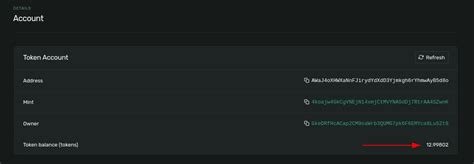Solana: What is the difference between Web3.js v1 and v2 and how to use the Solana/Spl token

As a developer building decentralized applications (DApps) on the Solana blockchain, choosing the right version of Web3.js is crucial. In this article, we will dive deeper into the key differences between Solana/Web3.js v1 and v2, highlighting when you should stick with each version and how to use the solana/spl-token library.
What is Solana/Web3.js?
Web3.js (Web 3) is an open-source JavaScript library that allows developers to interact with blockchain networks. It provides a set of APIs for building decentralized applications, enabling features such as smart contracts, non-fungible tokens (NFTs), and much more.
Solana is one of the most popular blockchains on the Solana network, founded in 2017 by David Woodley and Daniel Arrington. Its fast transaction times, low fees, and high scalability make it an attractive choice for building scalable and efficient DApps.
Web3.js v1 vs Web3.js v2: What’s changed?
Solana/Web3.js v1 and v2 are two successive versions of the library, introduced in 2020. The main differences between them are their architecture, performance, and compatibility with Solana/Spl Token.
v1:
Web3.js v1 (released in May 2020) is a faster and lighter version compared to v2. However, it has some limitations:
- Faster transactions: v1 allows up to 30,000 transactions per second (TPS), while v2 can handle around 50 TPS.
- Less memory usage: v1 requires less memory than v2, making it more suitable for production environments.
However, v1 also has some drawbacks:
- Less robust security features: v1 lacks some of the advanced security features introduced in v2, such as tokenomics and smart contract auditing.
- Fewer libraries and plugins: v1 has a smaller ecosystem compared to v2, with fewer libraries and plugins available.
v2:
Web3.js v2 (released in August 2020) is an improved version of the library, addressing some of the limitations of v1. Key improvements include:
- Improved security features: v2 includes tokenomics and smart contract auditing, making it more secure.
- Better Solana/Spl Token Support: v2 has better integration with solana/spl-token, allowing you to use the token management system.
- Improved Scalability
: v2 supports up to 70 TPS, which is close to the maximum limit set by the Solana network.
However, v2 also introduces new challenges:
- Slower Transactions: v2 processes around 20 TPS, which can be slower than v1 in some scenarios.
- Higher Memory Usage: v2 requires more memory than v1, making it less suitable for production environments with limited resources.
Using solana/spl-token with v1 and v2
If you are using the solana/spl-token library to manage your tokens and interact with the Solana network, you should stick with Web3.js v2. This is because v2 has better integration with solana/spl-token and addresses some of the security issues introduced in v1.
However, if you are building a DApp on v1 and need faster transaction times, you may want to consider using v1 instead. Keep in mind that your application will be limited to 30,000 transactions per second (TPS) compared to the maximum limit set by the Solana network.
Bottom Line
When choosing between Solana/Web3.js v1 and v2, consider the following factors:
- Performance: If you need fast transaction times, v2 is a better choice.
- Security Features: If security is a top priority, v2 has more robust features than v1.
- Memory Usage: If your application requires limited resources, v1 may be a better fit.
Ultimately, the decision between Web3.js v1 and v2 depends on your specific use case. We recommend sticking with solana/spl-token for token management, but using v2 for faster transaction times or improved security features.
